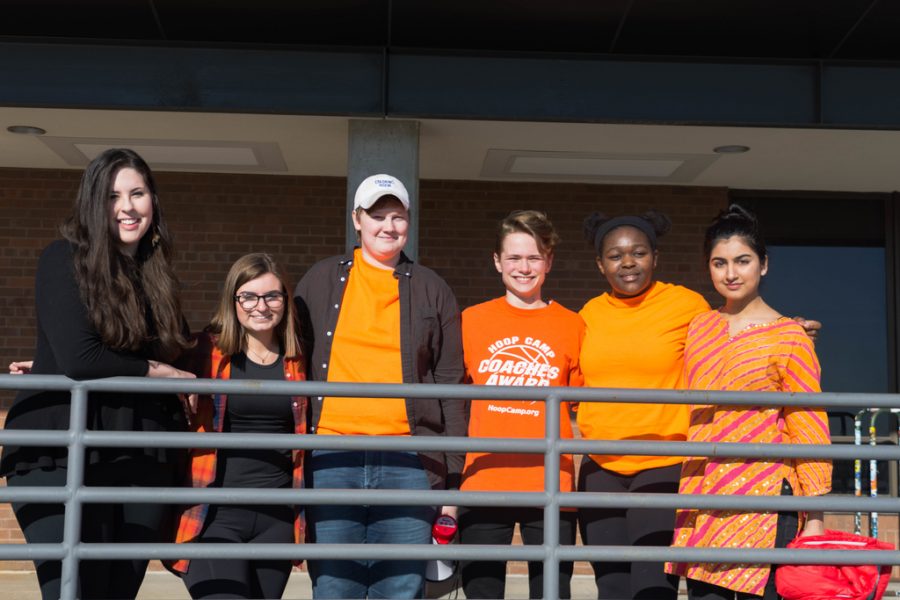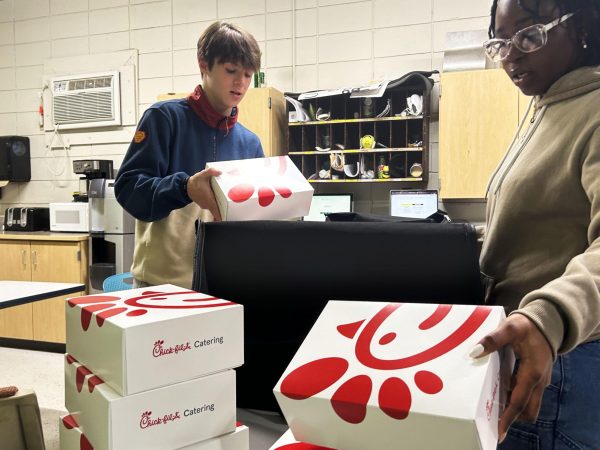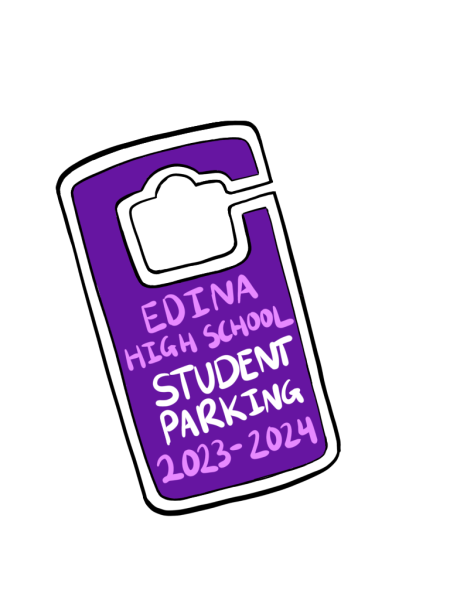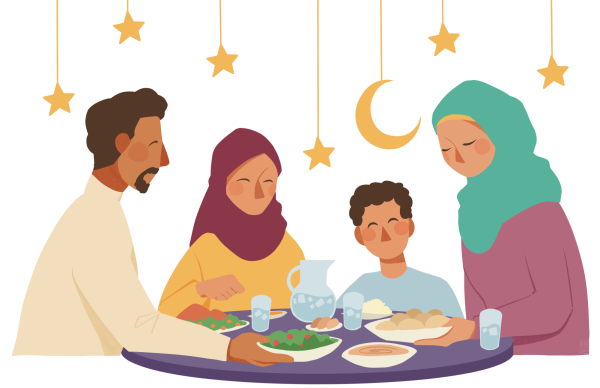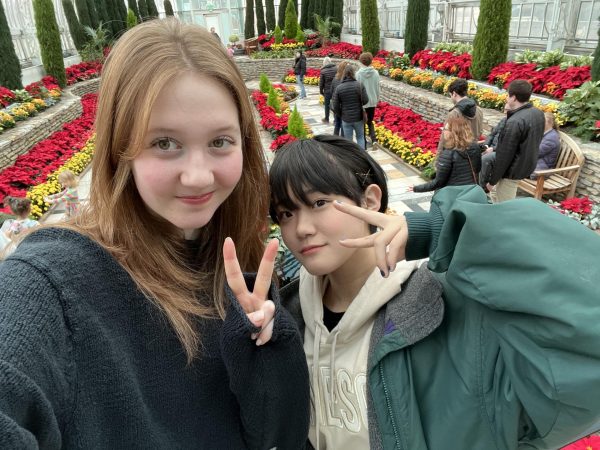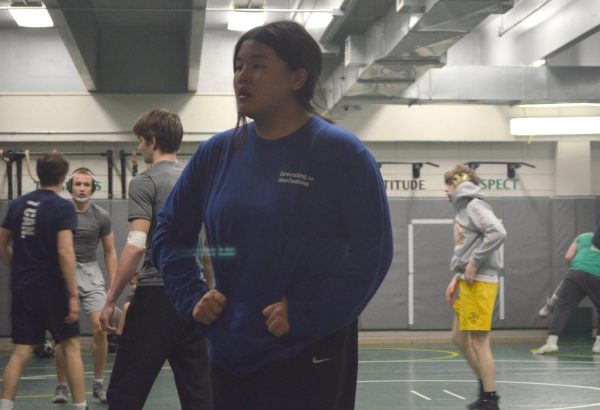Students Explain What Goes Into Organizing a School-Wide Protest
From left to right, walkout organizers Lily Goldaris, Sally Carlson, Max North, Anna Lampron, Jhamese Harvey, and Saumya Mangalick.
After a tumultuous past few years, Edina High School students are no longer strangers to protest. Student-led protests, such as the dress code protests of the fall and March 14’s walkout protesting gun violence in schools, were organized by students and have involved hundreds of people. With these protests seemingly becoming more common instead of less, it begs the question: how do these protests get organized?
Across the world, protesters use social media to organize themselves. The Arab Spring revolutions that began in 2010 were famously organized through Facebook and other similar means. Local protests at EHS seem to be following suit. The dress code protests of the fall were organized primarily through the group messaging app GroupMe, with posts also spreading around Twitter and Snapchat.
The walkout in protest of gun violence was also organized through social media, with Snapchat Stories used to circulate important protest dates and different GroupMe chats used to recruit members to the protest’s own group chat. “I used my social media platforms” to spread the word, senior Jhamese Harvey, one of the March walkout leaders, said. Social media allows word to spread quickly, and new information can be relayed to participants on the fly. It is also free and easy to use. If it’s not broken, there’s no reason to fix it, and social media is certainly the tried and true method for organizing protests.
In a democracy, protests and organized movements give a voice to the masses. Local involvement is as important for influencing the government as national protests are. Protests at school, as long as they don’t unduly interrupt the school’s duty to educate, provide a real life lesson in political involvement and standing up for one’s beliefs.
“We talked with administration and they were very supportive because they want our voices to be heard, and I respect that a lot,” Harvey said, in regard to administration’s view of the protest planning. Of course, being educators, the school administration was concerned with how protest activities would affect the school day. “I had a meeting with Ms. Carter, Mr. Beaton, and [Student Council President] John Webb and we talked about it and their only concern was that it was the same day as the MCAs for juniors,” Harvey said. “While we will allow students to participate if they choose, EHS is not endorsing a position, and to be clear, this is not a school-sponsored event,” Principal Beaton said in a March 12 email to students.
Establishing initial contact wasn’t difficult either. “I sent an email to Mr. Beaton. I’m in frequent contact with him because of Student Senate,” senior Anna Lampron, another protest leader, said. Personal beliefs mean nothing if they aren’t expressed, and with organizing movements being easier now than ever, there’s no reason not to make every voice heard. “I think it’s amazing that people want to stand up and get their voices heard, and it should always be that way,” Harvey said.
Organizing hundreds of people also includes the challenge of balancing different opinions. “The hardest part is that everyone has so many amazing ideas, and we can’t do every single one of them,” Harvey said. In the case of the gun violence walkouts, popular opinion is taken into account. “I look at the majority, and then I talk to Anna [Lampron] and the other leaders and we come to a decision,” Harvey said.
Protesting and participating in America’s democracy doesn’t have to be left to the adults. “It’s very empowering. I think it starts with us. If this is our future, we might as well do something about it, besides sit down and let more bad things happen,” Harvey said. “I highly recommend it, kids of any age should get involved in [their] democracy,” Lampron said. “It’s a lot of fun and you can actually make a difference as a young person before you can vote,” Lampron said.

In the Zephyrus publication system, William Schwinghammer’s writing offenses are considered especially heinous. In Edina, Minnesota, Schwinghammer is...

